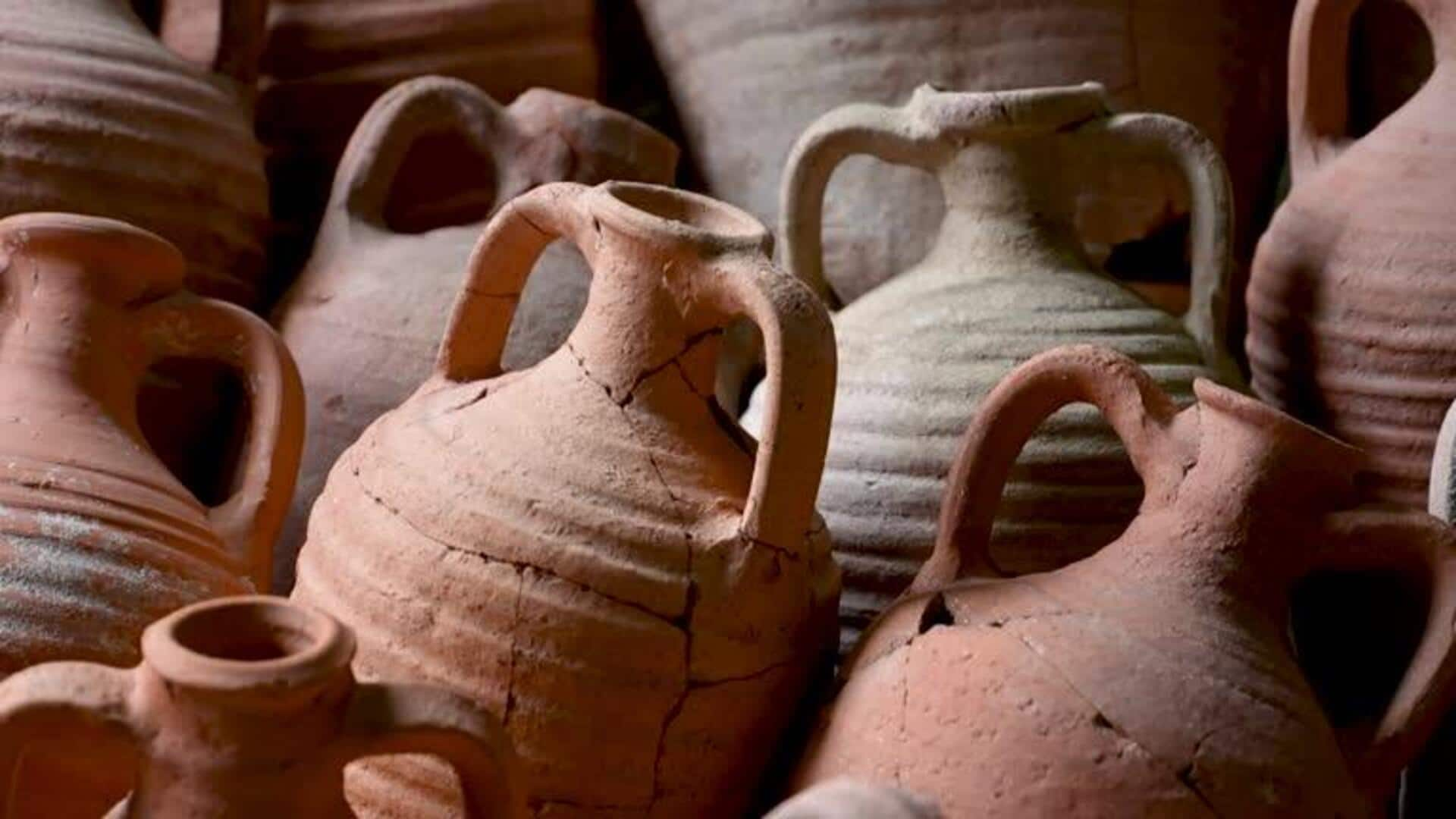
Greek pottery: Tradition, significance, and techniques
What's the story
Crete, the largest of the Greek islands, is famous for its rich history and cultural heritage. Out of its many traditions, pottery-making is one of the most significant crafts that have been passed down generations.
This ancient art form not only reflects the island's history but also the skill and creativity of its artisans.
Exploring traditional pottery-making in Crete gives a unique insight into the island's past and present craftsmanship.
Historical background
The historical roots of Cretan pottery
Cretan pottery dates back to the Minoan civilization, which thrived around 3000 BCE.
The Minoans were among the first to develop advanced techniques in pottery-making. They created intricate designs and shapes that are still admired today.
These early potters used local clay and natural pigments to produce their wares. Their products were often decorated with motifs inspired by nature.
Craft methods
Techniques used by modern artisans
Today's Cretan potters also continue to use traditional methods refined over centuries.
They use coiling and pinching hand-building techniques along with wheel-throwing methods introduced later in history.
The clay is sourced locally, ensuring authenticity in every piece produced.
Once shaped, pots are fired at high temperatures to achieve durability.
Workshop visits
Visiting pottery workshops in Crete
In Crete, you can go into the world of traditional pottery by visiting several workshops.
These places conduct interesting guided tours, where artisans demonstrate the art of pottery-making, right from shaping clay on a wheel to adding decorative glazes intricately.
The pieces are then fired in kilns, which is an essential process to give each item its final durability and beauty.
Artisan support
Supporting local artisans through purchases
Besides supporting the livelihood of local artisans, buying handmade pottery from Crete allows you to take a piece of the rich Cretan culture home—be it as a souvenir or a gift.
From starting from as low as EUR10 for smaller pieces, the cost of these items could go up to several hundred euros for elaborate/larger works. This is dependent on size, complexity, and skill of the artisan.